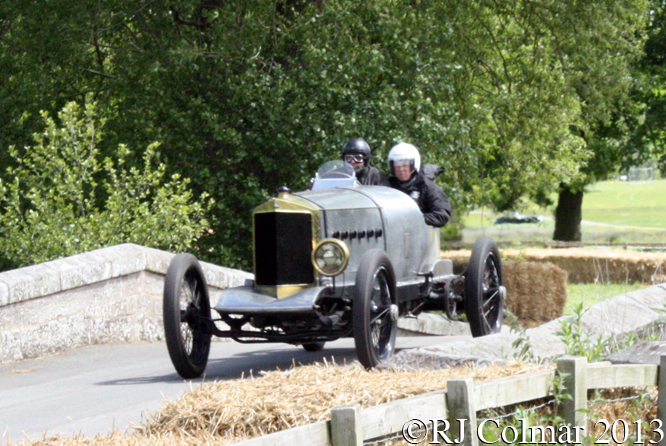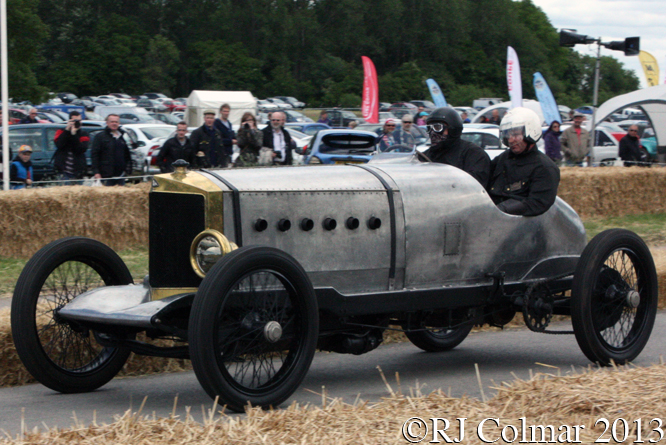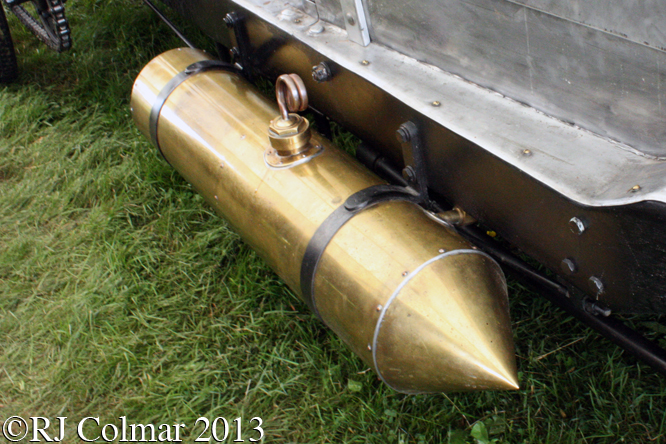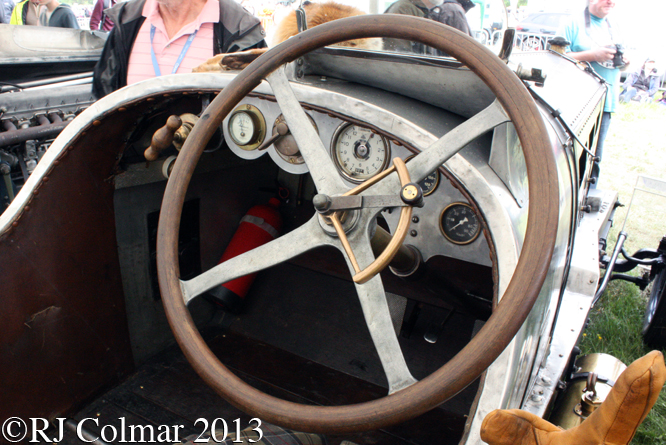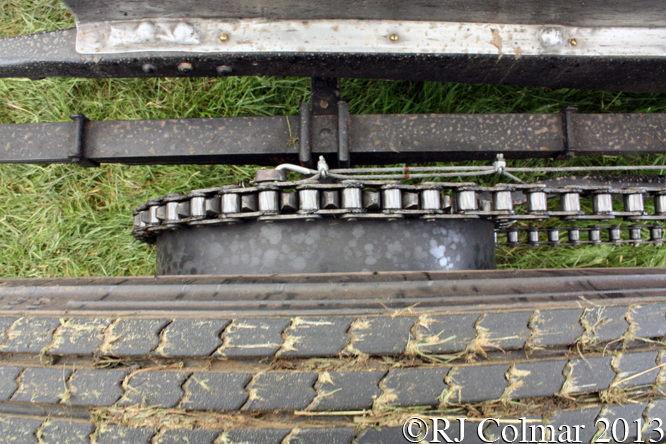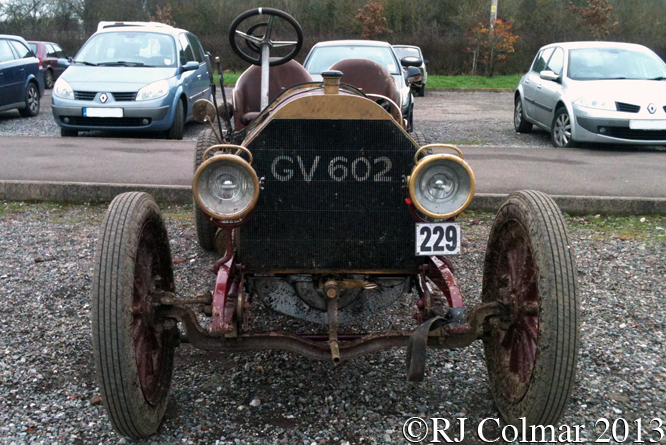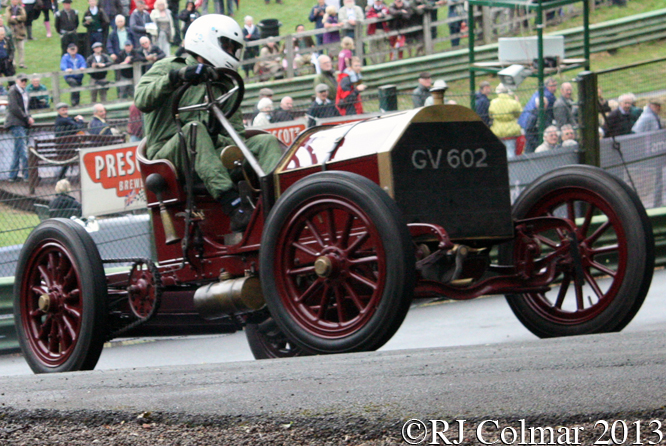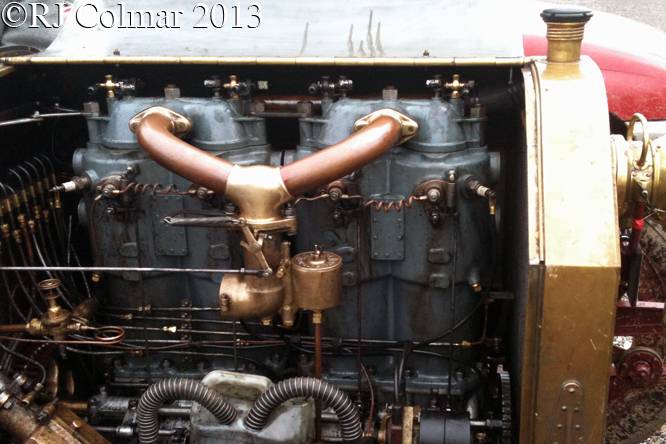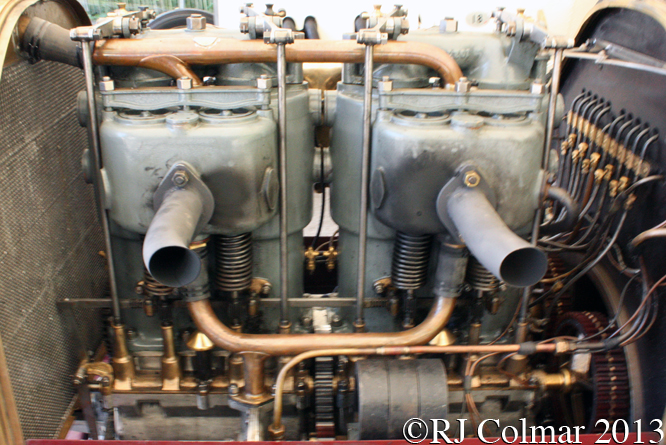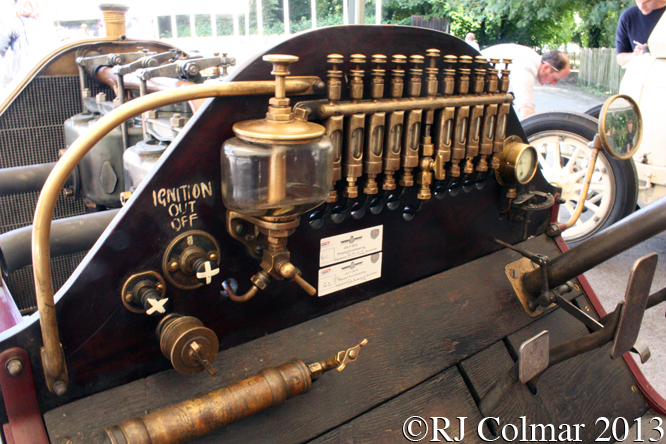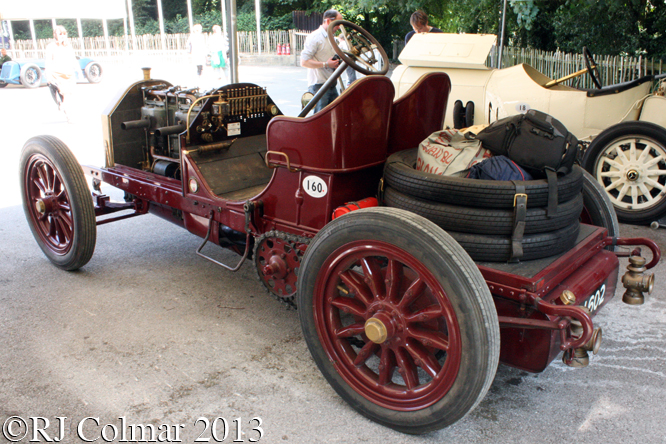In 1898 the Belgian manufacturer of railway locomotives and rolling stock Métallurgique in an effort to diversify unveiled it’s first prototype car that resembled the contemporary German two cylinder Daimlers.
Encouraged by the public’s enthusiastic response Métallurgique built a factory for car manufacture in 1900 and launched it’s first 2 cylinder model for sale in 1901 before expanding it’s range to include four cylinder models with pressed-steel chassis, swing axles, high-tension ignition and with a novel for the period electric dynamo option to facilitate electric lighting.
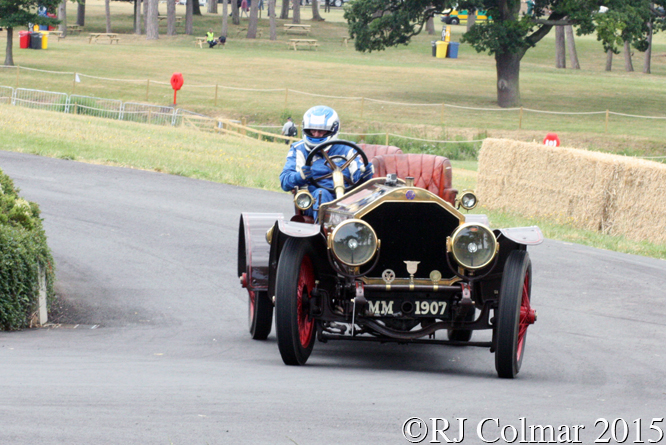
The companies pre 1914/18 range was topped by the 60/80 model that was powered by a 4 cylinder 10 litre / 610 cui motor that could reach speeds of 62.5 mph.
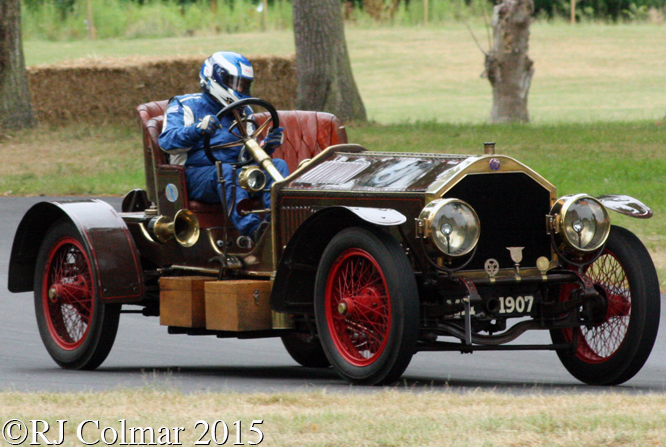
The engine today’s featured 60/80 car is said to have been swapped for it’s current 6 cylinder 21 litre / 1281 cui Maybach airship motor in 1910 when the motor was new, one source suggests this was allegedly done to satisfy run away school boy turned racer David Loney Bruce Brown’s requirement that the Métallurgique should have a 100mph capability, but I have not seen any independent corroborating evidence backing the allegation.
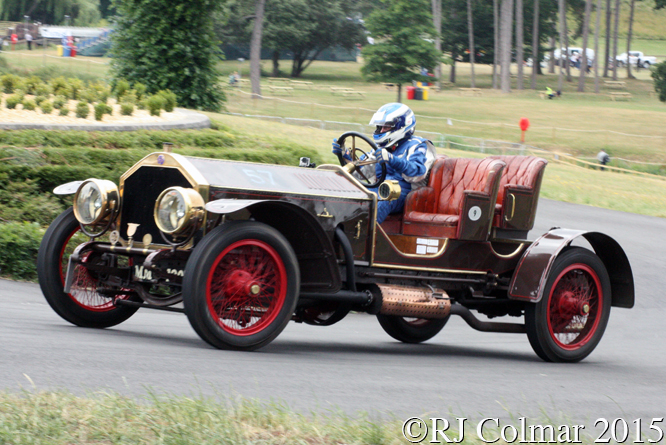
MM 1907 was first registered for use on British roads on 17th of May 1950, thanks to the “YoungManGoneWest” blog published in August 2011 we know that Douglas Fitzpatrick, believed to be Douglas Bader’s flying instructor, appears to have owned this Métallurgique from at least 1957 as evidenced by a Pathé newsreel that show’s him polishing the car at Beaulieu and that he drove it in the Brighton Speed Trials in 1959, ’61 and ’64, Douglas reckoned his Métallurgique was capable of 120 mph in one report on Bizarre Cars in 1966.
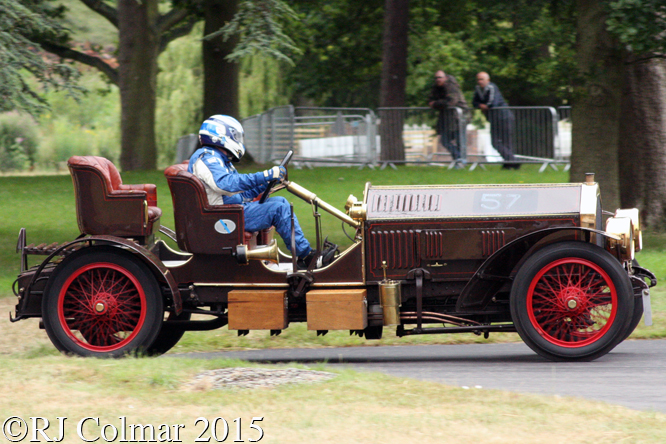
A Dutchman Ad Schuring who visited Douglas Fitzpatrick at Sheringham Hall in Norfolk and was taken for rides in the Métallurgique seems to recall that the 60/80 appeared in non staring rolls in the films Around the World in 80 Days 1956 and Chitty Chitty Bang Bang 1968.
Douglas Fitzpatrick had a German called Gerry, who lived above the garages at Sheringham Hall, look after the Métallurgique along with his other cars that included an Achilles, a Wolseley Siddley, a brace of Rolls Royces and a supercharged Singer Gazelle.
Brian Moore is seen at the wheel of the Métallurgique 60/80 Maybach in these photograph’s at Chateau Impney Hillclimb last year, if you happen to know anything about the veracity of the story about David Loney Bruce Brown’s involvement with the fitting of the Maybach engine to this Métallurgique in 1910 please do not hesitate to chime in below.
Thanks for joining me on this “Airship Powered Belgian” edition of “Gettin’ a li’l psycho on tyres” I hope you will join me again tomorrow for another visit to Aust Services. Don’t forget to come back now !


